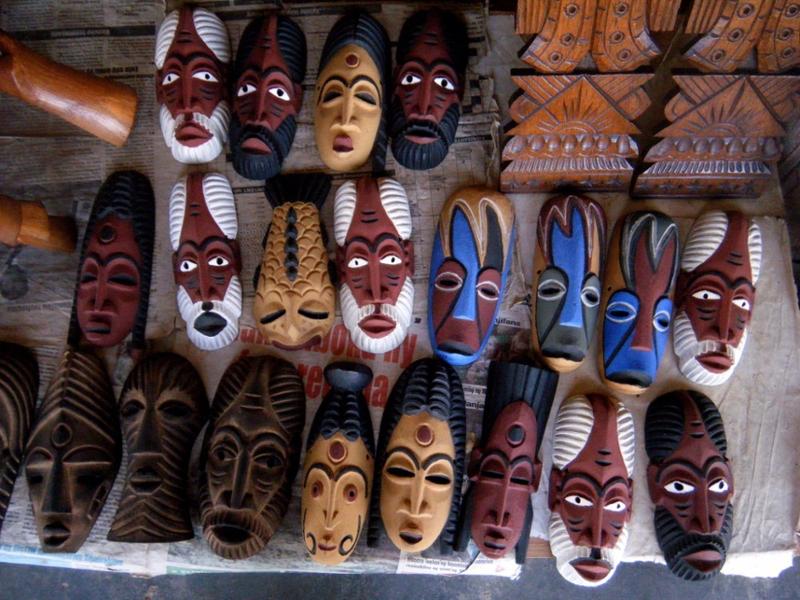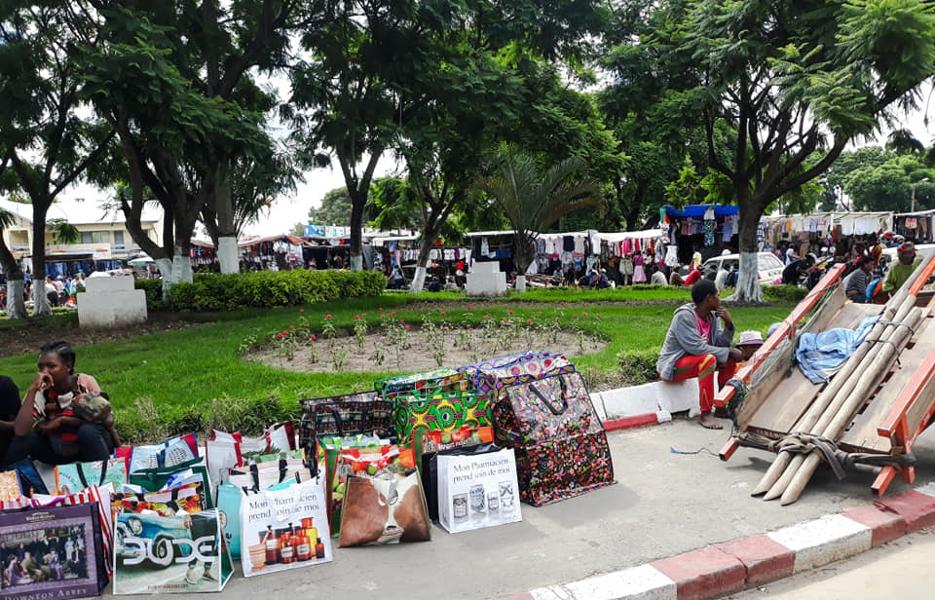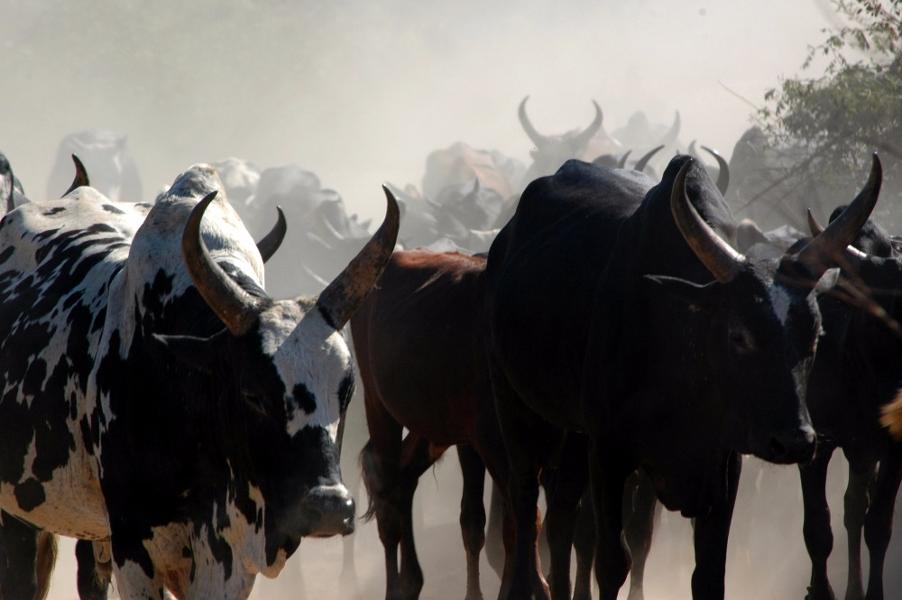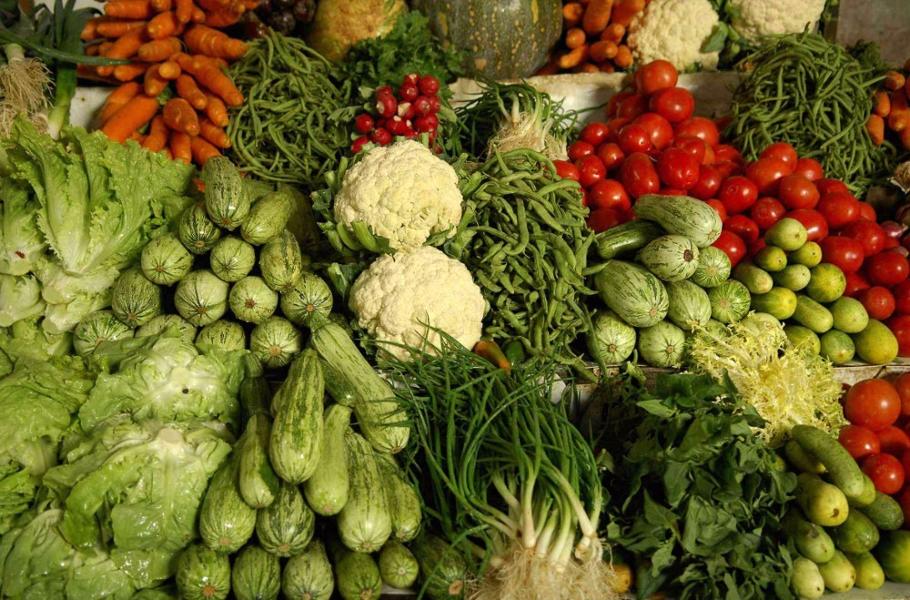Madagascar
Local markets : scenes of Malagasy identity
In Malagasy history and culture, markets are tied to the notions of space and time. During the era of Malagasy kingdoms, markets were established by associating a specific day of the week with a specific location. Across Madagascar, markets still bear the names of the days of the week, even though today they may run for two days or even daily.
Markets offer the chance to discover local crafts, regional products, and colorful fruits and vegetables. Historically, the market (tsena) was called fihaonana (meeting place), as it was an opportunity to meet people, converse, establish business alliances, and exchange news. For travelers in Madagascar, local markets are a must-visit for acquiring beautiful souvenirs!
Zoma Market: A place where you could find everything
Today, only a small portion of the Zoma (Friday) market remains. However, when it was still operational, it spanned the entire Independence Avenue in Antananarivo, stretching from Soarano Station to Andohan’Analakely. While some merchants still display goods on the sidewalks, before 1997, it was the world’s largest open-air market, covering about a kilometer.
No traffic was possible as the streets were packed with stalls covered by the famous white handmade umbrellas. However, since the avenue is the city’s nerve center, blocking this main artery was no longer feasible. Moreover, the market faced hygiene and security issues.
Nowadays, the pavilions and stalls for fruits and vegetables remain, and shops of all kinds have sprung up. You can still find everything here!

Mahamasina Market and its secondhand goods
The most renowned Thursday market is in Mahamasina, Antananarivo, near the municipal stadium. This market is famous for its secondhand clothing. Tananarivians come here to find clothes, shoes, bags, household linens, fabrics, mattresses, kitchen utensils, furniture, phones, fruits, and vegetables.
Here, part of the streets is blocked, though traffic is not entirely disrupted—except now, with merchants spreading onto sidewalks, bus shelters, and even parts of the road. Increasing numbers of small vendors have expanded the market onto streets leading to Anosy and Ambohijanahary

Madagascar’s largest Zebu Market
The most famous Wednesday market is in Ambalavao, the largest zebu market on the island. Located 480 km south of the capital and about 57 km south of Fianarantsoa, this town hosts humped cattle over a 2-hectare space. It’s an impressive sight!
Buyers examine the animals before bargaining with owners, who are often dressed in traditional lamba (wide fabric wraps). Here, the zebu is a sacred and highly useful animal, pulling carts for transport and plows in rice paddies and fields. Zebu skulls also adorn tombs, with the number of skulls reflecting the wealth of the deceased.

Talata Market: koba and sausages
The best way to experience Talata (Tuesday) market is to include it in a visit to the rova (palace) of Ambohimanga, one of the twelve sacred hills. The rural commune of Talata-Volonondry (where the tsena is located) lies along RN 3, north of Antananarivo, on the road to the sacred hills: Ilafy, Namehana (Sabotsy-Namehana), Ambohimanga, or Ambohidrabiby.
The wooded sites along the road enhance the anticipation of tasting the famous *koba* (rice cakes filled with caramelized peanuts) or the sausages for which Talata-Volonondry is renowned. Others visit the market to stock up on fresh agricultural products.

Sabotsy Market: The Zoma of Antsirabe
The Vakinankaratra region is known as the country’s granary, with particularly arable and expansive volcanic lands. Agricultural products from this region are sold at the Sabotsy (Saturday) market in Antsirabe. In the 1990s, the market covered about 10 hectares, with stalls consisting of small chairs, wooden tables, and handmade umbrellas.
Today, the market occupies a cemented and concrete space of 4.5 hectares. It is the largest market in the Indian Ocean, with the fruit and vegetable hangar alone spanning 1,500 m². The stalls create a magnificent kaleidoscope of colors: oranges, watermelons, mangoes, lychees, jujubes, sugar apples… Of course, many other products are sold here, from seafood and clothing to handicrafts.


